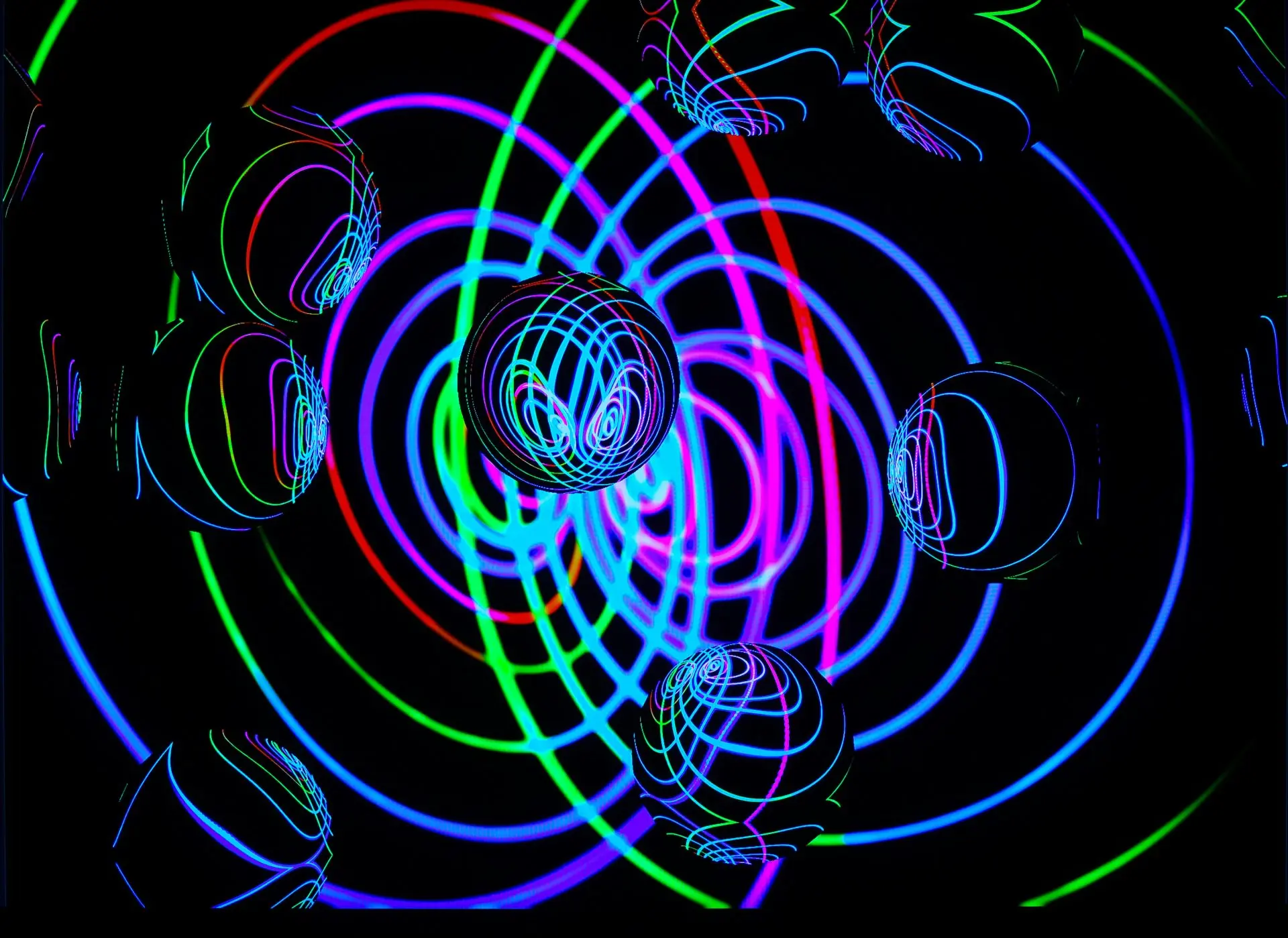Tao Te Ching: Path to Harmony

Looking for more amazing products? Check out our online store and explore our collection here! Happy shopping!
Before diving in, please note: This post is for informational purposes only. If you’d like to know more about how we approach topics, feel free to check out our friendly Disclaimer Page.
Hey there, amazing readers! 
We’re committed to delivering quality posts, and your support (even just sticking around despite the ads) means everything to us. So, bear with us, and thanks for helping us keep the good vibes rolling. Now, on to the fun stuff!
TRANSLATE BUTTON AT THE END OF THE ARTICLE
Introduction to Tao Te Ching
Tao Te Ching, often translated as "The Book of the Way and its Virtue," is a fundamental text in Taoism, an ancient Chinese philosophy and religion.
This classic work is attributed to the legendary figure Laozi, who is considered the founder of Taoism.
The text consists of 81 short chapters that provide profound insights into the nature of existence, the universe, and human behavior.
Tao Te Ching is revered for its wisdom, simplicity, and guidance on living in harmony with the natural order of the world.
Origins and Philosophy of Taoism
Taoism originated in ancient China around the 4th century BCE.
The philosophy emphasizes living in accordance with the Tao, which can be translated as "the Way" or "the Path." Taoists believe in the interconnectedness of all things and the importance of achieving harmony with nature and the universe.
Taoism teaches that by aligning with the Tao, individuals can experience inner peace, balance, and spiritual enlightenment.
Authorship and History of Tao Te Ching
The authorship of Tao Te Ching is shrouded in mystery, with many scholars questioning whether Laozi was a historical figure or a mythological creation.
Legend has it that Laozi was a wise sage who served as a librarian in the imperial court before retiring to live a life of solitude.
It is said that he wrote the Tao Te Ching in response to a request to pass on his wisdom before leaving civilization.
The text has been passed down through generations and has had a profound influence on Chinese culture and philosophy.
Key Concepts in Tao Te Ching
Tao Te Ching introduces several key concepts that form the foundation of Taoist philosophy.
These include:
The Tao: The central concept of Taoism, representing the underlying order of the universe.
Wu Wei: The principle of effortless action and non-interference, allowing things to unfold naturally.
Yin and Yang: The dualistic forces of nature representing complementary opposites.
Simplicity: Emphasizing the importance of living a simple and uncluttered life.
Emptiness: Referring to the idea of letting go of desires and attachments to achieve inner peace.
Understanding the Tao
The concept of the Tao can be challenging to grasp, as it is often described as formless and ineffable.
The Tao is believed to be the source of all things and is characterized by spontaneity, simplicity, and naturalness.
To understand the Tao, one must let go of preconceived notions and intellectual understanding, embracing a state of pure awareness and receptivity.
The Tao is considered the ultimate reality that underlies the ever-changing world, guiding individuals towards a state of harmony and balance.
Themes of Harmony and Balance
Harmony and balance are central themes in Tao Te Ching, emphasizing the importance of aligning with the natural order of the universe.
Taoism teaches that when individuals live in harmony with the Tao, they can experience peace, contentment, and fulfillment.
By cultivating inner balance and embracing the ebb and flow of life, individuals can navigate challenges with grace and resilience.
Harmony with oneself, others, and the environment is seen as essential for leading a meaningful and fulfilling existence.
The Way of Virtue in Tao Te Ching
Tao Te Ching extols the virtues of humility, compassion, and simplicity as the path to spiritual enlightenment.
The text emphasizes the importance of cultivating inner virtues rather than external achievements.
By embodying qualities such as kindness, integrity, and selflessness, individuals can align with the Tao and experience a sense of inner peace and fulfillment.
The Way of Virtue is about living in accordance with one’s true nature and the natural order of the universe, transcending ego and desires to achieve spiritual harmony.
Applying Tao Te Ching in Daily Life
The wisdom of Tao Te Ching can be applied to various aspects of daily life to cultivate harmony and balance.
Some practical ways to incorporate Taoist principles include:
Practice mindfulness: Cultivate awareness of the present moment and let go of distractions.
Simplify your life: Declutter your surroundings and focus on what truly matters.
Embrace spontaneity: Allow things to unfold naturally and avoid forcing outcomes.
Practice non-interference: Trust in the natural flow of events and avoid unnecessary action.
Cultivate inner virtues: Develop qualities such as compassion, humility, and gratitude in your interactions with others.
Modern Interpretations of Tao Te Ching
In the modern world, Tao Te Ching continues to inspire individuals seeking spiritual guidance and personal growth.
Many contemporary interpretations and adaptations of the text have been published, offering insights into how ancient wisdom can be applied to modern challenges.
Tao Te Ching’s teachings on simplicity, harmony, and balance resonate with people looking to find peace and meaning in a fast-paced and chaotic world.
By embracing the principles of Taoism, individuals can cultivate a deeper connection to themselves, others, and the natural world.
Influence of Tao Te Ching on Eastern Philosophy
Tao Te Ching has had a profound influence on Eastern philosophy, particularly in China and other Asian countries.
The text’s teachings on the Tao, Wu Wei, and harmony have shaped the development of Taoism and other spiritual traditions.
Taoist principles have also influenced Chinese medicine, martial arts, and aesthetics, emphasizing the importance of balance, flow, and interconnectedness.
The timeless wisdom of Tao Te Ching continues to inspire generations of scholars, philosophers, and seekers on the path to spiritual enlightenment.
Criticisms and Controversies surrounding Tao Te Ching
Despite its enduring popularity and influence, Tao Te Ching has faced criticisms and controversies over the centuries.
Some scholars question the authorship and authenticity of the text, citing discrepancies in different versions and interpretations.
Others argue that Taoism’s emphasis on passivity and non-interference may be impractical in a complex and interconnected world.
Critics also point out that the text’s poetic and enigmatic language can be difficult to understand and interpret, leading to varying translations and conflicting meanings.
Conclusion: Embracing the Path to Harmony
Tao Te Ching offers a timeless guide to living in harmony with oneself, others, and the natural world.
By embracing the principles of Taoism, individuals can cultivate inner peace, balance, and spiritual enlightenment.
The path to harmony begins with understanding the Tao, aligning with the natural order of the universe, and embodying virtues such as humility, compassion, and simplicity.
Through mindfulness, self-reflection, and non-interference, individuals can navigate life’s challenges with grace and resilience.
Embracing the wisdom of Tao Te Ching can lead to a deeper connection to the essence of existence and a more fulfilling and harmonious way of living.

The Enlightenment Journey is a remarkable collection of writings authored by a distinguished group of experts in the fields of spirituality, new age, and esoteric knowledge.
This anthology features a diverse assembly of well-experienced authors who bring their profound insights and credible perspectives to the forefront.
Each contributor possesses a wealth of knowledge and wisdom, making them authorities in their respective domains.
Together, they offer readers a transformative journey into the realms of spiritual growth, self-discovery, and esoteric enlightenment.
The Enlightenment Journey is a testament to the collective expertise of these luminaries, providing readers with a rich tapestry of ideas and information to illuminate their spiritual path.
Our Diverse Expertise
While our primary focus is on spirituality and esotericism, we are equally passionate about exploring a wide range of other topics and niches 

To ensure we provide the most accurate and valuable insights, we collaborate with trusted experts in their respective domains 
Our blog originally focused on spirituality and metaphysics, but we’ve since expanded to cover a wide range of niches. Don’t worry—we continue to publish a lot of articles on spirituality! Frequently visit our blog to explore our diverse content and stay tuned for more insightful reads.
Hey there, amazing reader! 
Check out our store here and take a peek at some of our featured products below! Thanks for being awesome!











